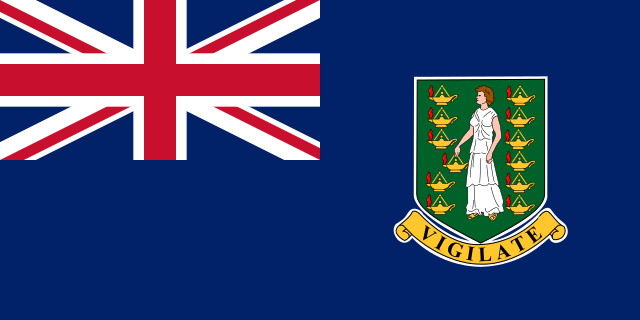

The flag of the British Virgin Islands must never been flown above another flag, indicating superiority, or vice versa, indicating inferiority, nor should it be allowed to drag along the ground. The flag must always be flown in good condition, to do otherwise would be to show disrespect to the nation. Due care must be taken to ensure the flag is being flown the correct way up. The flag is flown from sunrise to sunset and all government buildings are encouraged to fly it. When a flag is to be disposed, it must be destroyed in a dignified way, preferably by burning in private with respect.
The British Virgin Islands consist of the main islands of Tortola, Virgin Gorda, Anegada and Jost Van Dyke, along with more than 50 other smaller islands and cays. About 16 of the islands are inhabited. The capital, Road Town, is on Tortola, the largest island, which is about 20 km long and 5 km wide. The islands had a population of 28,054 at the 2010 Census, of whom 23,491 lived on Tortola; current estimates put the population at 35,802 as of 2018.
Alternative Flag:
The civil ensign is a red ensign with the coat of arms of the British Virgin Islands. The red ensign is to be flown on board vessels either registered in the British Virgin Islands or by vessels visiting the British Virgin Islands.
The blue ensign shall only be used on vessels which belong to or are in the service of the government.